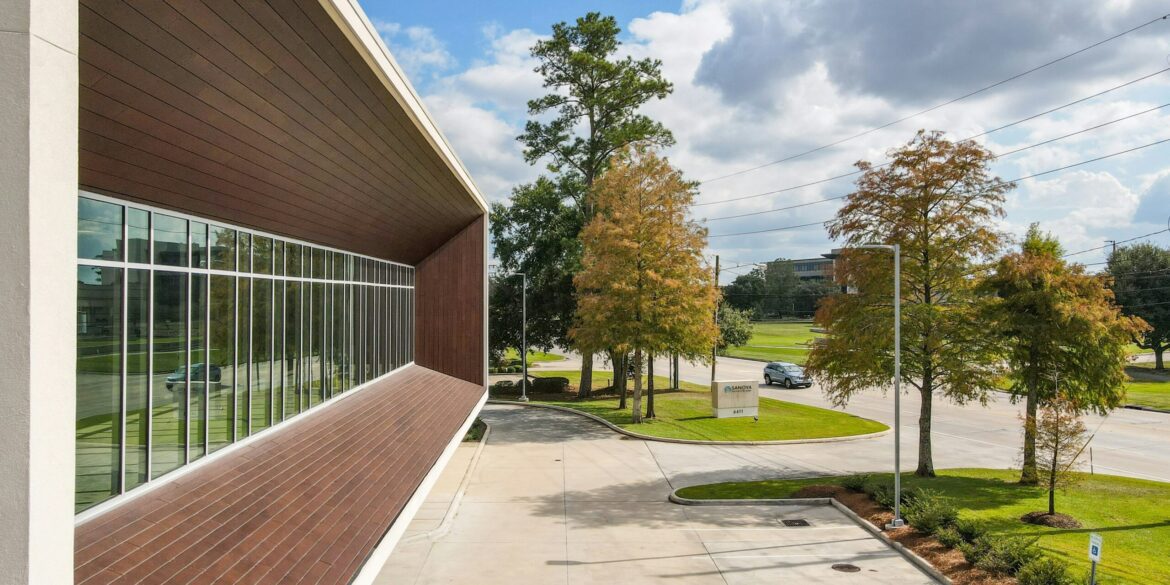As of July 18, 2025, the commercial real estate (CRE) market is displaying a mixture of optimism and caution, with certain sectors thriving and others facing challenges. In particular, the multifamily and industrial sectors are leading the way, while office space remains a more complicated story in a post-pandemic world. Despite ongoing challenges, investors are finding new opportunities, and the outlook for certain areas remains positive.
Multifamily and Industrial Assets: Key Drivers of Growth
The multifamily sector continues to show strong performance. As homeownership remains out of reach for many, particularly first-time buyers, the demand for rental properties has increased, driving rents higher. According to a report by CBRE, multifamily rents increased by 4.6% year-over-year in 2025, especially in suburban markets where affordable living options are more available. Despite higher construction costs, multifamily projects are still in high demand, as investors look for stable income-generating assets in areas with growing populations.
The industrial sector has also remained a bright spot in commercial real estate. The rise of e-commerce continues to drive the need for more warehouses, distribution centers, and last-mile delivery facilities. In fact, demand for industrial space has pushed vacancy rates to record lows in some markets. Notable transactions, like Blackstone’s $3.5 billion purchase of logistics centers across the U.S., highlight the growing appetite for industrial assets. These properties are benefiting from increased consumer spending, which is fueling the demand for storage and fulfillment spaces.
The Office Market: Facing the Hybrid Work Challenge
Despite strong performance in the multifamily and industrial sectors, the office market is facing ongoing challenges. The shift toward remote and hybrid work models has led to a decline in demand for traditional office space, especially in major cities. Vacancy rates for office buildings in New York, San Francisco, and Chicago remain high, as many businesses reduce their office footprints. According to CBRE, the national office vacancy rate is currently at 17%, the highest it has been since the early 2000s.
However, not all office properties are struggling. There has been a rise in demand for flexible workspaces, coworking spaces, and modern office buildings that support hybrid work. Companies are still seeking high-quality office space, but the demand is more concentrated in flexible, amenity-rich locations that can adapt to changing work styles. This shift has spurred innovation in the office sector, with landlords and developers focusing on creating flexible environments that allow for collaboration while accommodating remote work.
Investment Trends: Diversification and Resilience
Despite ongoing challenges, commercial real estate remains an attractive investment for many institutional investors. The overall transaction volume in commercial real estate has been steady, with multifamily and industrial assets driving the lion’s share of activity. Real estate investment trusts (REITs) are particularly focused on acquiring industrial and multifamily properties, with multifamily REITs reporting a 9% increase in share prices over the past year.
Retail and hospitality sectors, though slower to recover, are also seeing some positive signs. As consumer spending rebounds and travel increases, high-demand retail and hotel properties are experiencing higher occupancy rates. However, areas that rely heavily on business travel are still lagging behind, particularly in major urban centers.
Looking Ahead: A Shifting Market
As 2025 progresses, analysts are cautiously optimistic about the future of the commercial real estate market. The industrial and multifamily sectors will likely continue to outperform other asset classes, while the office market is expected to remain stagnant as companies finalize their post-pandemic strategies. For investors, the key to success will be diversification and a focus on resilient sectors, such as logistics and rental housing.
Conclusion
The commercial real estate market in 2025 presents a mixed picture, with strong growth in industrial and multifamily properties, while the office market continues to face challenges. For investors, understanding these market dynamics and focusing on adaptable, high-performing sectors will be key to success in the remainder of the year. As the landscape continues to evolve, commercial real estate professionals must stay informed and agile to take advantage of new opportunities.

